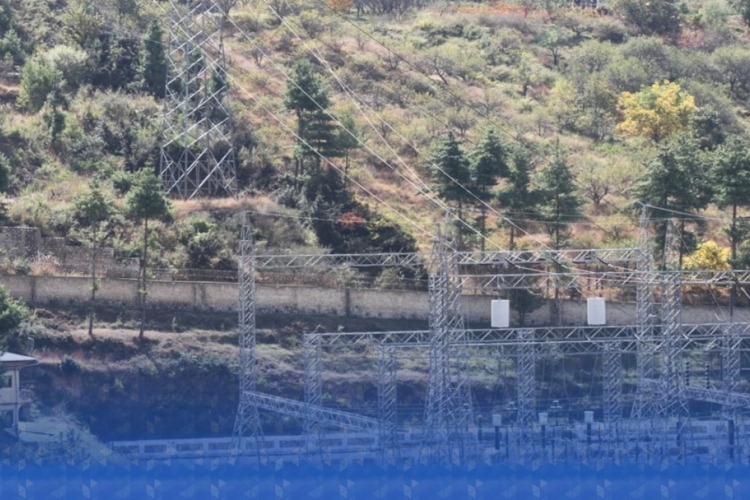An In-Depth National Study on ICT Infrastructure Deployment with Road Transport and Energy Infrastructure in Kazakhstan
The telecommunications sector in Kazakhstan is one of the most advanced in the North and Central Asia region. Significant efforts have been made to develop the information and communications technology (ICT) infrastructure with existing fibre-optic communications lines located along main highways and major cities. Telecommunications services are generally affordable, and as a result, a relatively high percentage of its population has access to broadband services.







